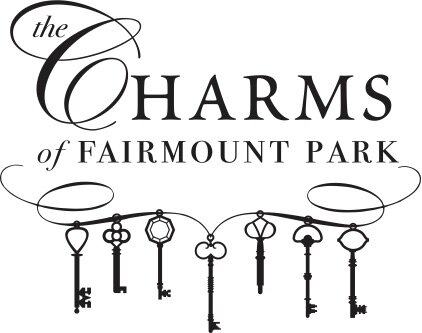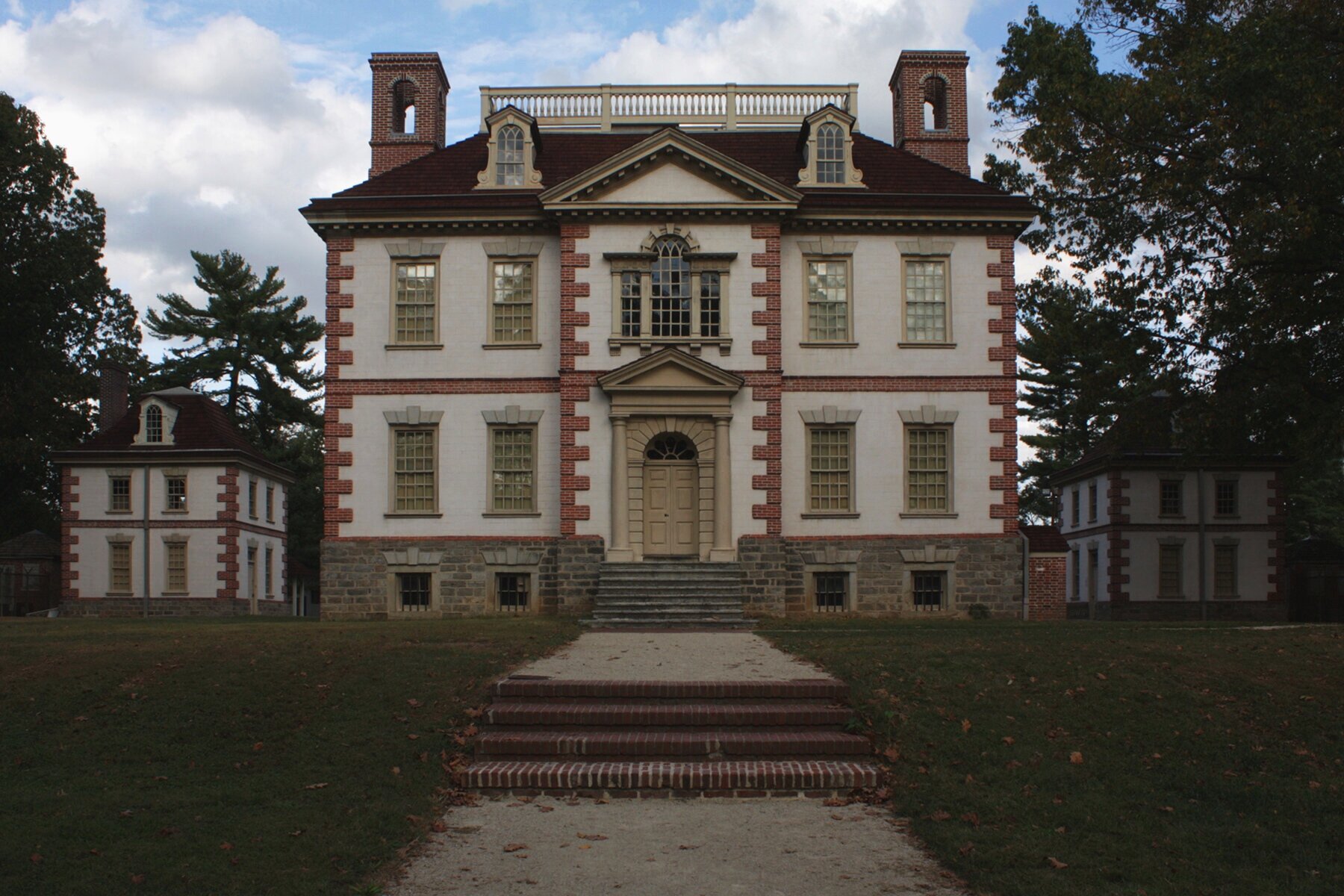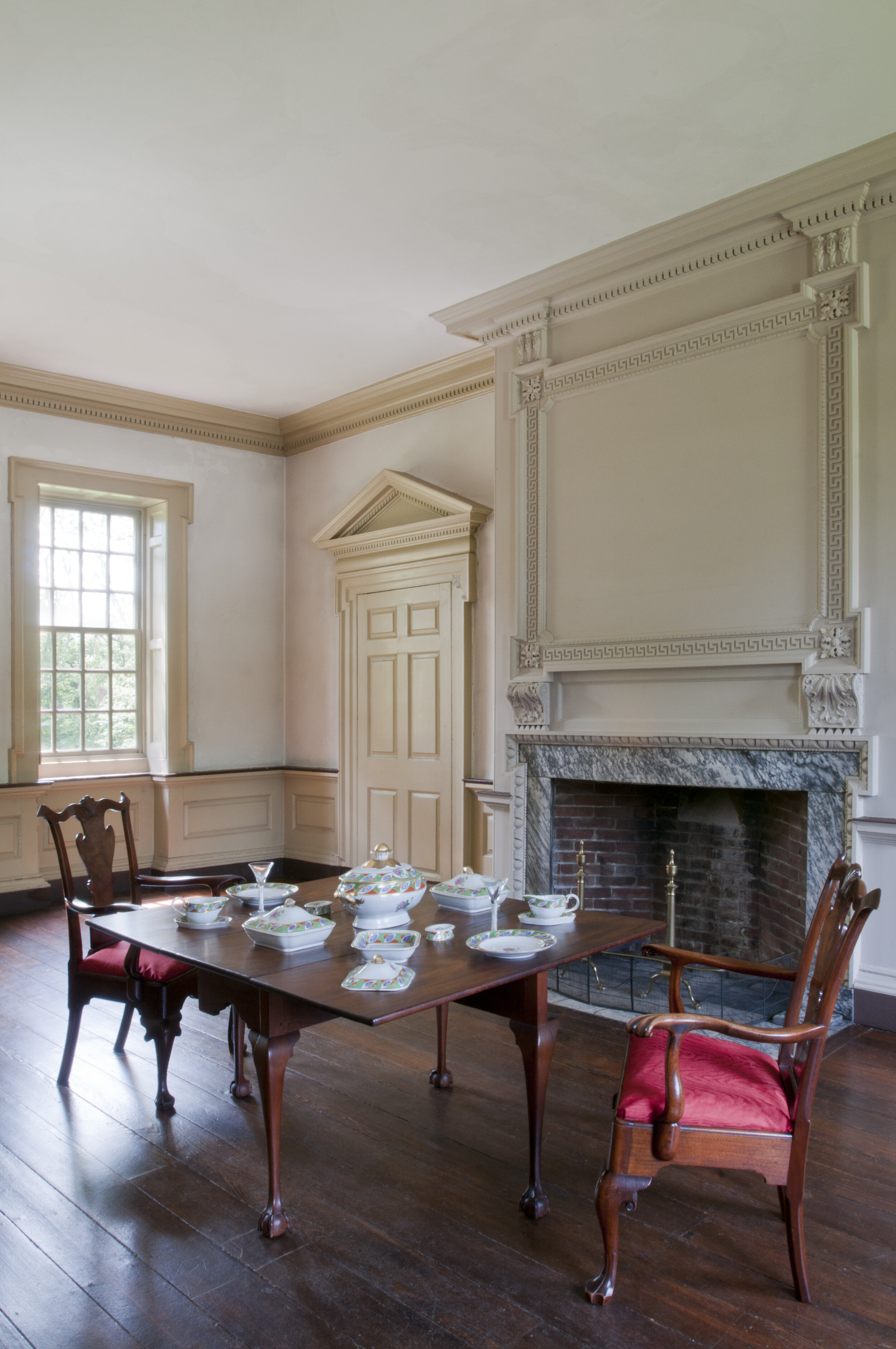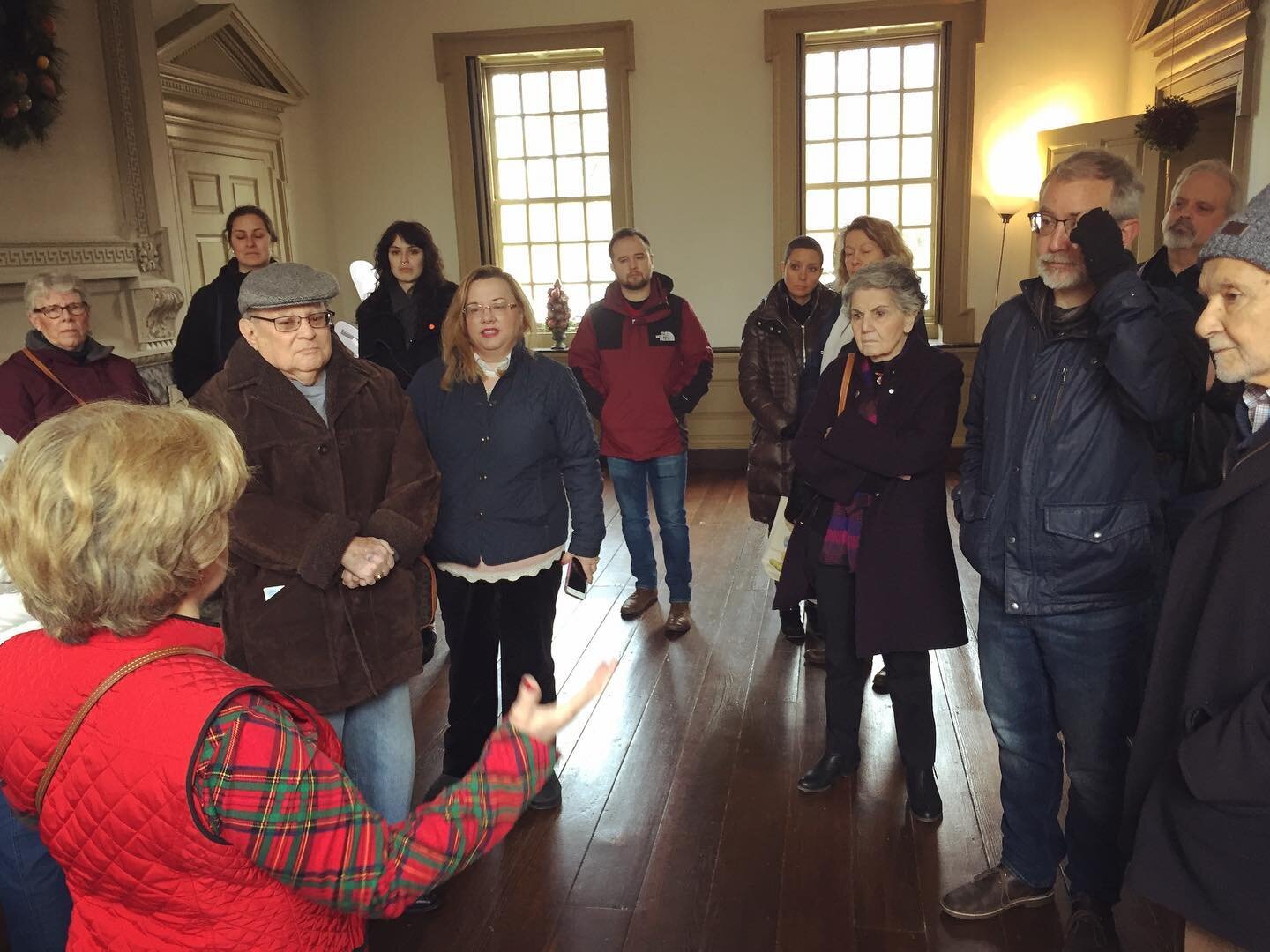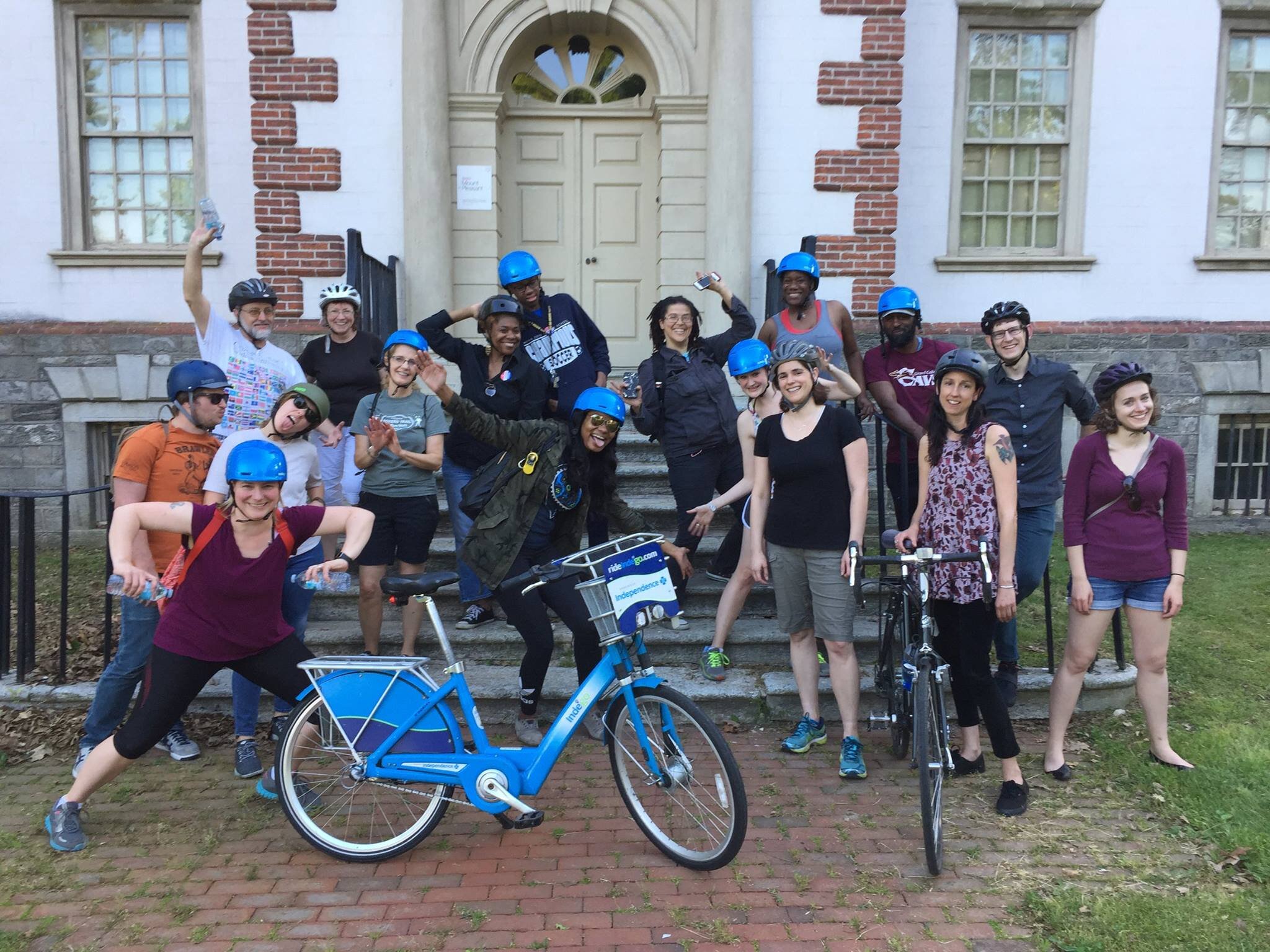The most elegant seat in Pennsylvania
Mount Pleasant in East Fairmount Park is one the grandest homes ever built along the Schuylkill River, once called “the most elegant seat in Pennsylvania” by founding father John Adams. The estate was also a working plantation from 1762 to 1765.
Commissioned in 1762 by Scottish ship captain John Macpherson and his wife Margaret, Mount Pleasant follows Georgian architecture’s emphasis on absolute symmetry and classical proportions.
Architect Thomas Nevell was an apprentice of Edmund Woolley, the builder of Independence Hall, while the rooms feature craftmanship from woodcarver Martin Jugiez, one of Philadelphia’s leading artisans of the period.
Later owners of the property included Benedict Arnold, who bought the house as a gift for his second wife Peggy Shippen; her father Edward Shippen; and Gen. Jonathan Williams, the first superintendent of West Point.
The Mount Pleasant estate originally included over 100 acres of land that Macpherson hoped to make productive through hay production, fruit and vegetable cultivation, and animal husbandry. At least four people of African descent were enslaved on the property.
History
Scottish sea captain John Macpherson (1726–1792) and his first wife Margaret built this grand country house in the mid 1760s with the proceeds of Macpherson’s successful career as a privateer (a legalized pirate) during the Seven Year’s War. Built high atop cliffs overlooking the Schuylkill River, the house served as a bold statement of Macpherson’s ambition to join established Philadelphia society. Philadelphia’s finest craftsmen worked on the home, including builder Thomas Nevell, an apprentice of Edmund Woolley, the architect of Independence Hall, and woodcarver Martin Jugiez, responsible for decorating Christ Church on Fourth and Market streets. Jugiez, born in either Spain or Mexico, also popularized baroque decoration from altarpieces, or retablos, in Philadelphia’s furniture workshops in the decades before the American Revolution. His talents are seen in in the numerous C-curves and floral elements in Mount Pleasant’s wooden paneling.
As well as an architectural statement, Mount Pleasant was the center of a large country estate. The Macphersons used a diversity of labor to work the land, including free white and black laborers, indentured servants, and four enslaved Africans during their time at the estate. We do not know the names of the people enslaved by Macpherson, but Mount Pleasant’s docents continue to honor the memory of those in bondage by educating the public about the history of slavery in Pennsylvania and the influential free black communities in Philadelphia during the colonial period.
The most elegant seat in Pennsylvania
Visiting Philadelphia in 1775, John Adams called the estate “the most elegant seat in Pennsylvania.” Macpherson began renting Mount Pleasant to tenants by 1765, eventually selling the property at the beginning of the American Revolution. American general Benedict Arnold bought the estate in 1779, though he never lived in the house, as a gift for his second wife Margaret “Peggy” Shippen. Nineteen year old Shippen was a highly paid British spy, and the financial liabilities Arnold took on to buy the estate may have been a factor in his defection to the British in 1780.
The home passed through a series of owners in the tumultuous 1780s. Finally, in 1792, Gen. Jonathan Williams, the first superintendent of West Point and grand-nephew of Ben Franklin, purchased Mount Pleasant and lived there intermittently for two decades. His children ultimately sold the estate to Fairmount Park. Prior to restoration in 1926 by the Philadelphia Museum of Art’s first director, Fiske Kimball, Mount Pleasant served various public purposes, as a beer garden and later a dairy farm providing milk and ice cream to park visitors and local residents.
Overall, Mount Pleasant serves as a useful starting point to examine British colonial society, including eighteenth century ideas of race, wealth, and globalization. Noteworthy artifacts in Mount Pleasant’s collection include Nanking porcelain from Asia as well as portraits of the Macpherson family by artists Benjamin West and Charles Wilson Peale.
Visit
Currently closed except for research visits.
Please check back for updates. Feel free to contact the Philadelphia Museum of Art with questions and to support the re-opening of this house
Tours for research purposes by appointment only.
Contact: Visitor Services
E-mail: visitorservices@philamuseum.org
Phone: (215) 763-8100
Address:
3800 Mt Pleasant Drive Philadelphia, PA 19121
Website:
https://philamuseum.org/visit/locations-hours#historic-houses
